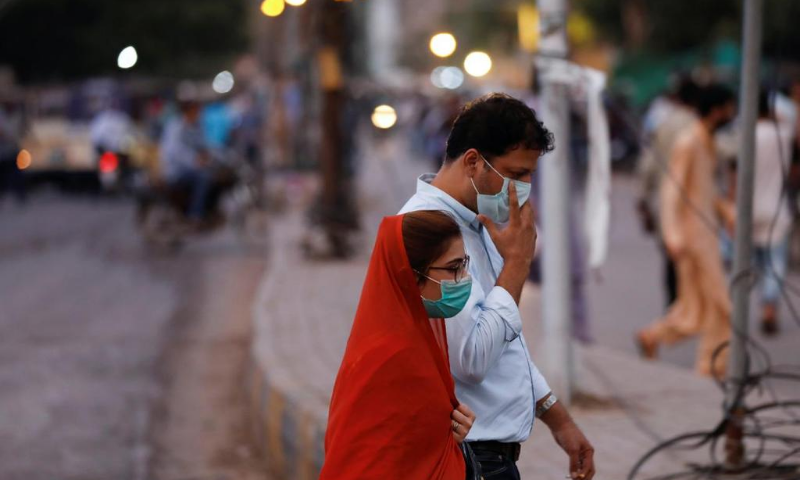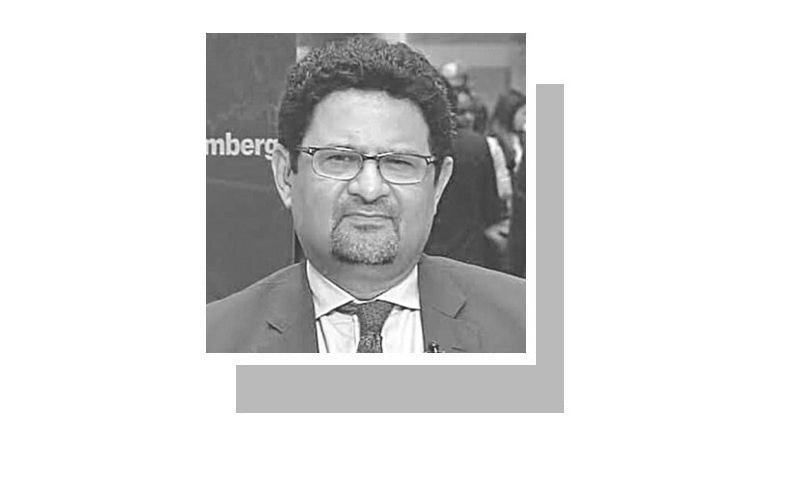assassin162
Regular Member
- Joined
- Sep 20, 2019
- Messages
- 998
- Likes
- 6,576
Thanks first for all for this detailed take on Indian and Paki economy, I fully agree with your views alongwith so many others on this forum.It's the Economy, stupid.
What we need to make Pakistan's asymmetric warfare irrelevant, Kashmir a foregone conclusion and Terroristan's very existence a question is the same. Economy. Economy. Economy.
Forget everything and just focus on rapid sustainable growth. The global economy is in trouble but I strongly hope India can touch double digit growth. It'll be the ultimate game changer and will bring us to another level.
Pakistan 2021 GDP in pkr was around 6 Trillion. In USD, it was around $346 Billion. Now, assuming a low growth due to floods & due to currency devaluation, Pakistan's GDP in 2022 would only be around $280 Billion.
That's right, $280 Billion from $350 Billion!
Pakistan's economy for the foreseeable future, at least for the next 5 years is going to be in a limbo. It'd have to work hard just to get back to $350 Billion.
Now, if India grows at 7% every year—and I certainly hope we do more than that, then yearly addition to India's GDP would be:
2023 $245 Billion 2024 $262 Billion 2025 $280 Billion 2026 $300 Billion 2027 $320 Billion
See what's happening? India's GDP addition would itself be equal to Pakistan's entire GDP!
And if we sustain the high growth rate, by 2030, Pakistan would have to be at around $400 Billion to equal our net growth.
Why is this important? The differential b/w India-Pakistan would widen greatly.
Year India Pakistan Differential 2012 1.83 224 8.16X 2014 2.04 244 8.36X 2019 2.83 320 8.84X 2021 3.17 346 9.16X 2022 3.46 280 12.35X 2027 5 360 (Best case) 13.88X 2027 5 300 (Normal growth) 16.66X 2027 5 250 (Post Bankruptcy) 20X
India is expected to change base year after 2024 General Elections. It'll bump our GDP figures.
I think we'll reach an inflection point when we hit the difference of double per capita, 20X GDP.
Pakistanis can hate Indians who are within Reach. Just 50% higher GDP per capita than them. But when the difference widens to 2X, 3X, 5X, the hate vanishes and only yearning and inferiority will remain.
In 2021, the differential between China & Pakistan is 50X! When India reaches 25X, Pakistanis will have a rude awakening.
We're at an inflection point in history and geopolitics! This decade will change the world forever! May we do our personal best for ourselves and for our country! Jai Hind!
Also, we have to continue and double down on the policy of encouraging chaos in Pakistan and limiting their growth somehow in the short term. In long term as the differential between India and Pak further grows, so does India's capacity, he have to do with Pakistan what US does say with Venezuela in particular and south America in general. Have to keep them from growing for the next hundred years. Not letting Pakistan develop will be our biggest win not against Pakistan only but against China and America as well.





